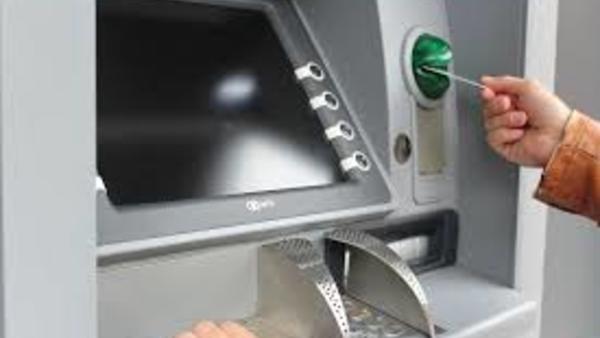
Globally, more than half of all ATMs are now installed away from bank branches, and in the United States, about two-thirds are, according to new findings from a study by London-based research and consulting services firm RBR.
The study, released last week, researched ATMs in 180 countries and found that 51% of ATMs around the world were not in bank branches in 2015. The changes are largely the result of rising operating expenses, fewer branch visitors and streamlining efforts among financial institutions, it found.
The trend toward placing ATMs away from financial institutions’ branches appears even more pronounced in the United States, according to RBR. Off-site ATMs made up 67% of the U.S. installed base at the end of 2015, up from 66% at the end of 2011, RBR Associate Rowan Berridge told CU Times.
In addition, 52% of American ATMs were operated by independent ATM deployers at the end of 2015, according to Berridge, who led the research. That compares with 16% globally, the majority of which were installed in non-branch locations. RBR also expects the market share of independent ATM deployers to grow around the world in the next few years.
“As IADs expand their fleets, more and more retail centers, transport hubs and other non-branch locations will host ATMs. Coupled with increasing off-site deployment by banks, in [the] future it will be even easier for customers to find a convenient ATM away from branches,” Berridge said in a release.
Financial institutions in newer markets in particular frequently see ATMs as cheaper alternatives to branches, RBR noted.
“In countries with large rural populations, where it would not be feasible to open a branch in each small town or village, the ATM is often the first and only physical point of contact between banks and their customers. Off-site machines serve as an important tool in efforts to increase financial inclusion and compete for new customers,” RBR reported.
A look at data RBR’s data from 2011 to 2015 reveals that financial institutions are also shifting their preferences about where they place the ATMs they do operate on-site. For example, the proportion of “through the wall” ATMs (which are embedded in the exterior wall of a building, making them accessible without requiring members to physically enter the building) fell from 17% to 15%. The proportion of ATMs placed inside lobbies rose from 25% to 28% from 2011 to 2015, however, and the proportion located in halls fell from 6% to 4%, the study said.
In the United States, ATM operators are bracing for a looming liability shift that will force them to shoulder the costs of fraud involving EMV-enabled cards used at ATMs that don’t support EMV. Some experts say the shift could encourage financial institutions to pull the plug on some terminals.
Either way, much of the ATM business today is still all about location.
“Off-site ATMs can be a lucrative revenue generator. A well-chosen location in a high-footfall area can attract high transaction volumes, bringing in surcharge and/or interchange fee income for the operator; and where ATMs can be made to run at a profit, banks will often find themselves competing with independent ATM deployers for market share,” RBR reported.


